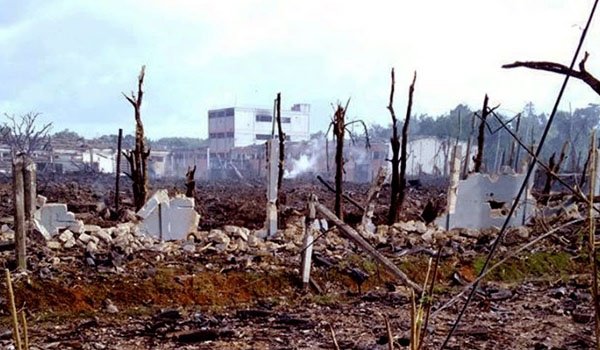This ammo dump was not a 100 per cent underground one and mortar ammunition and other explosives had been stored in an on-ground building, he said.
Heavy weapons, bombs and ammunition imported during the final phase of the war from 2008 to 2009 had been stored there.
Among them could be ones damaged during production, said the official, noting that an ammo dump should be opened and examined at least fortnightly.
The jelly-like packets put inside the boxes containing the ammunition and explosives to keep them cool could have their effect reduced in time, and a sudden increase in temperature could lead to an explosion, he noted.
Related articles:
Exclusive: unqualified officers were in charge of Kosgama ammo dump
Veyangoda central arms, ammo dump too, comes under scrutiny
‘No need to remove Army commander’






